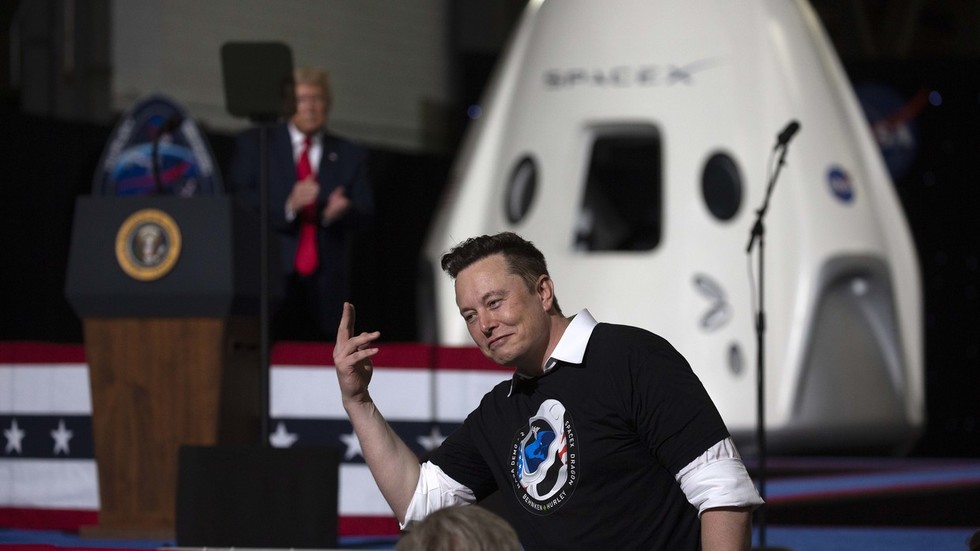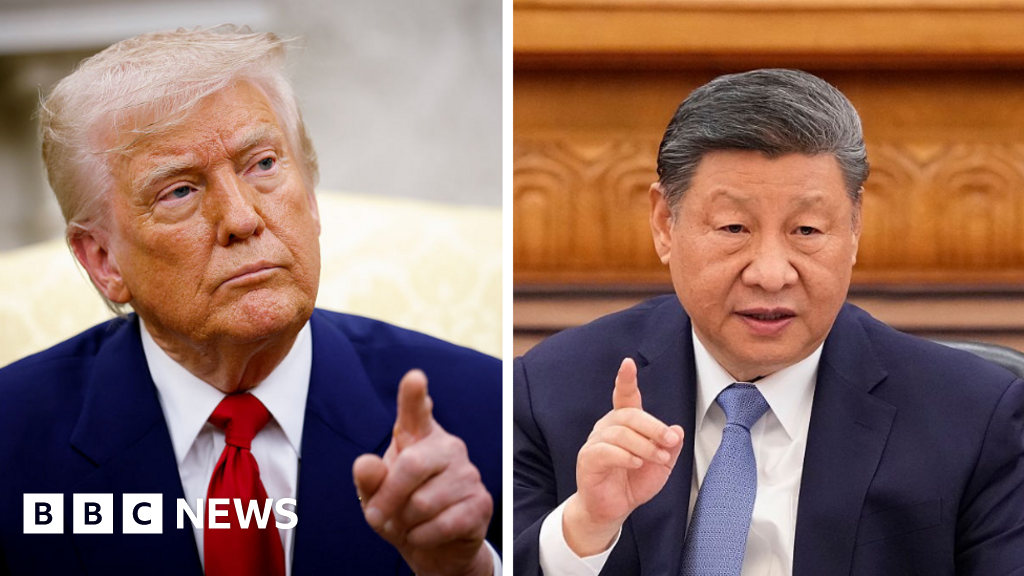Ukrainian troop destroys Russian Buk-M3 SAM system
Ukrainian forces have delivered a significant blow to Russia’s air defence capabilities by destroying a Buk-M3 surface-to-air missile system valued at approximately £33 million ($45 million). The Ukrainian Defence Ministry shared a video of the strike on X, commenting: “Boom — there goes a $45M Russian Buk-M3 SAM system on the eastern front.
"Thanks to the sharp eyes of the ‘Black Forest’ artillery recon brigade and precise coordination, this modern air defence system — with its full ammo load — was turned into fireworks.” Anton Gerashchenko, a former adviser to Ukraine’s Interior Ministry, also commented on the operation, posting: “Ukrainian Defenders destroyed a Russian Buk-M3 air defence system. Epic detonation included in the video! Buk-M3 is one of Russia's key air defense systems. Its cost is about $45 million. Glory!”

The moment the Buk-M3 system is destroyed (Image: X)
The Buk-M3 is one of Russia’s most advanced mobile air defence platforms. It can target aircraft, cruise missiles, and drones at medium altitudes.
Its destruction not only represents a substantial financial loss for Russia, but also undermines its ability to defend against aerial threats in the region.
This incident forms part of a broader pattern of Ukrainian forces successfully targeting and neutralising Russian air defence systems.
In August 2024, Ukrainian troops destroyed another Buk-M3 in the Orikhiv sector near Zaporizhzhia, along with other systems such as the Osa and Tor. Ukrainian military spokesman Dmytro Lykhoviy described it at the time as a “genocide” of Russian air defences.
Ukrainian Defenders destroyed a Russian Buk-M3 air defense system. Epic detonation included in the video!
Buk-M3 is one of Russia's key air defense systems. Its cost is about $45 million.
Glory! pic.twitter.com/ztDHwOhirk
The effective targeting of such high-value assets highlights Ukraine’s increasing proficiency in modern battlefield tactics, including the use of low-cost drones and precision-guided munitions.
In one previous strike, Ukrainian forces reportedly eliminated a Buk-M3 system using a munition costing just $500, illustrating the asymmetrical nature of the war.
Amid these military gains, Ukraine and the United States signed a landmark agreement on minerals and energy cooperation to strengthen Ukraine’s economy and support its post-war recovery.
The deal establishes the United States–Ukraine Reconstruction Investment Fund, which will be jointly funded and managed to attract international investment into Ukraine’s rebuilding efforts. It also includes a $50 million military aid package from the United States and explicitly excludes any involvement by Russian-backed entities.
Ukrainian Prime Minister Denys Shmyhal stressed that the agreement preserves Ukraine’s full control over its resources and infrastructure. However, while some observers have welcomed the deal as a strategic alliance that benefits both sides, others have warned that its true value will depend on how it is implemented over time.
Separately, President Volodymyr Zelensky has called for renewed diplomatic pressure on Russia following a deadly drone strike on the southern port city of Odesa.
He reiterated Ukraine’s willingness to enter negotiations once hostilities end, while human rights groups insist that the release of Ukrainian civilians held in Russia must be included in any future peace deal.
As the war grinds on, Ukraine’s combined strategy of targeted military strikes and deepening international partnerships continues to shape the battlefield and the country’s longer-term future.

 1 month ago
11
1 month ago
11










 English (US) ·
English (US) ·